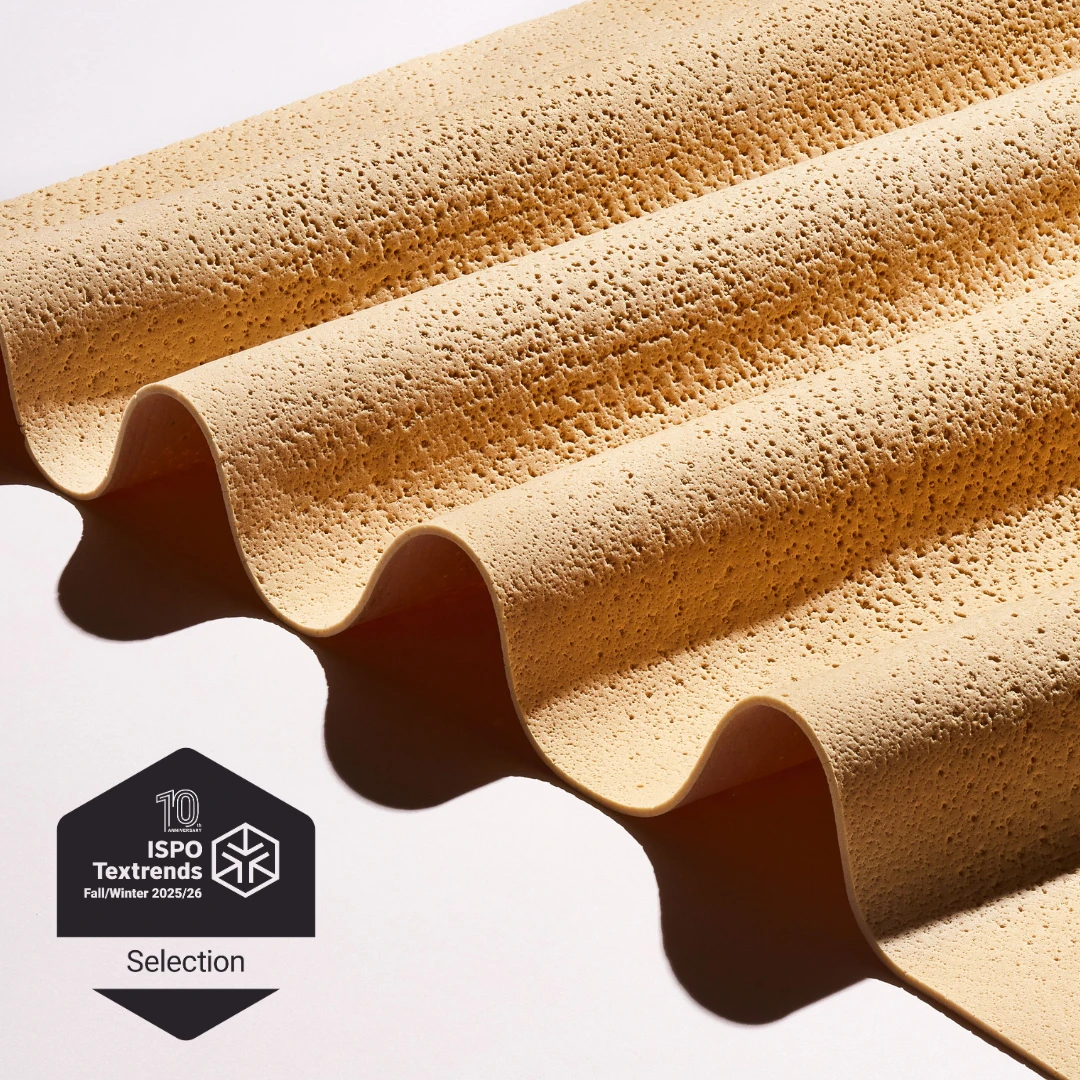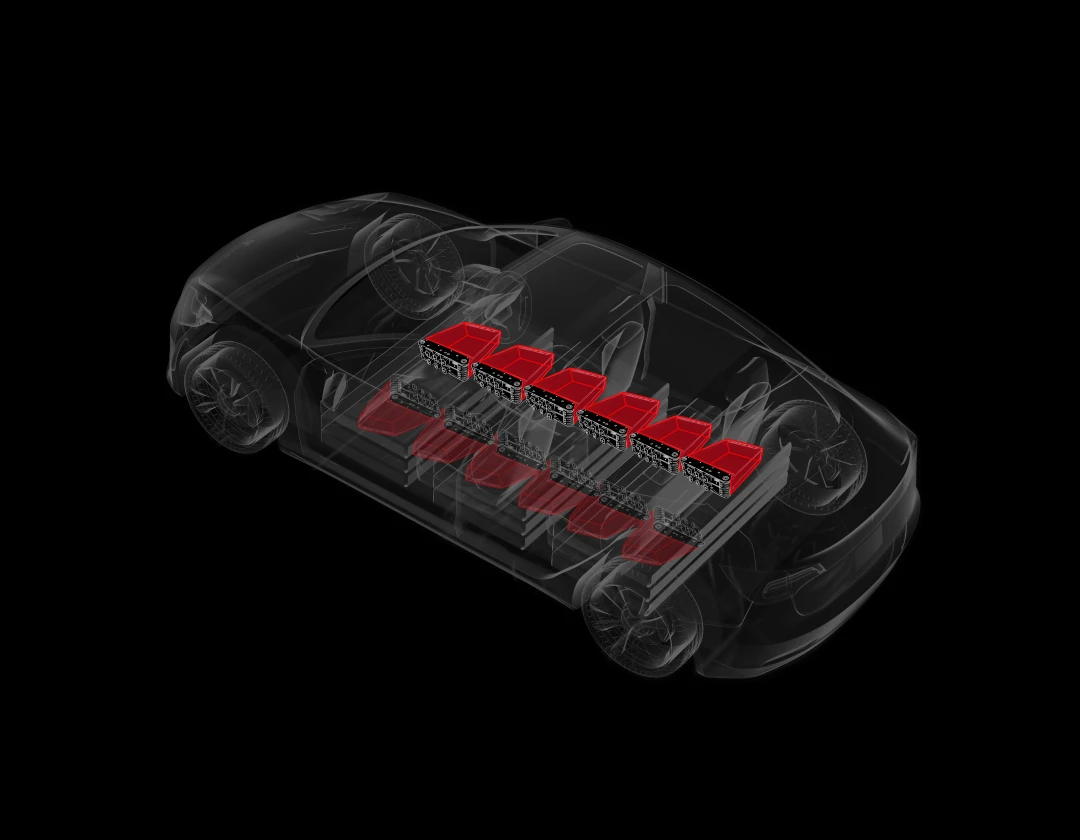
Battery Insulation
Understanding Thermal Runaway in EV Batteries and How Aerogel Insulation Helps Prevent It
Electric vehicles (EVs) are redefining the future of transportation, offering a cleaner and more sustainable alternative to traditional combustion engines. However, like any groundbreaking technology, EV batteries come with their own set of challenges, with thermal runaway being one of the most critical. At Solarcore, we’re leveraging the extraordinary properties of aerogel to address this issue and enhance battery safety.
What is Thermal Runaway?
Thermal runaway is a chain reaction that occurs when the temperature inside a battery cell rises uncontrollably. It typically starts with a localized fault—such as a short circuit, physical damage, or overcharging—that generates excessive heat. If not contained, this heat can cause the electrolyte inside the battery to break down, releasing flammable gases and triggering further reactions in adjacent cells.
The consequences of thermal runaway are severe, ranging from battery degradation and reduced efficiency to fire and explosion hazards. Understanding and mitigating thermal runaway is crucial for ensuring the safety and reliability of EV batteries.
Causes of Thermal Runaway
- Overcharging: Excess energy can destabilize the battery’s chemical composition, leading to overheating.
- Physical Damage: External impacts can deform battery cells, creating internal short circuits.
- Manufacturing Defects: Even minor inconsistencies during production can increase the risk of localized faults.
- External Temperature Extremes: Prolonged exposure to high temperatures can compromise the battery’s thermal stability.
The Role of Aerogel in Preventing Thermal Runaway
Aerogel is a revolutionary material that offers unparalleled thermal insulation and safety benefits for EV batteries. Here’s how it plays a pivotal role in preventing thermal runaway:
1. Exceptional Thermal Barrier
Aerogel’s porous structure and low thermal conductivity make it an excellent insulator. By limiting heat transfer between cells, aerogel helps prevent the spread of localized overheating, effectively containing potential runaway scenarios.
2. Lightweight and Space-Efficient
Unlike traditional insulation materials, aerogel provides robust thermal protection without adding significant weight or bulk. This ensures that battery systems remain compact and efficient—a critical factor for EV design.
3. Enhanced Fire Resistance
Aerogel’s high-temperature tolerance and non-flammable nature add an extra layer of safety. In the rare event of a thermal incident, aerogel can act as a barrier to slow down or prevent fire propagation.
4. Prolonged Battery Lifespan
By maintaining stable operating temperatures, aerogel insulation reduces thermal stress on battery components, extending their lifespan and improving overall performance.
Solarcore’s Aerogel-Based Solutions
At Solarcore, we specialize in advanced aerogel technologies that elevate the safety and efficiency of EV batteries. Our insulation solutions are designed to:
- Prevent heat buildup and isolate thermal events.
- Enhance energy efficiency by minimizing heat loss.
- Integrate seamlessly into existing battery designs.
Our collaborations with automotive leaders ensure that our aerogel solutions are at the cutting edge of EV innovation, pushing the boundaries of what’s possible in thermal management.
The Path Forward
As EV adoption grows, the importance of addressing safety challenges like thermal runaway cannot be overstated. By incorporating aerogel insulation, manufacturers can create battery systems that are not only safer but also more efficient and durable.
At Solarcore, we’re committed to driving this transformation. Explore how our aerogel technologies are reshaping the future of EV battery safety at www.solarcore.tech. Together, we can accelerate the transition to a safer, greener, and more sustainable transportation landscape.
This blog post was written with the help of Open AI’s Chat GPT.





